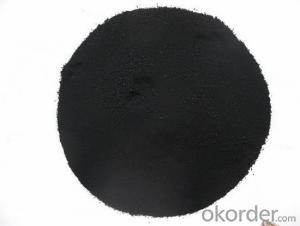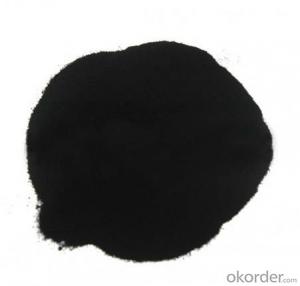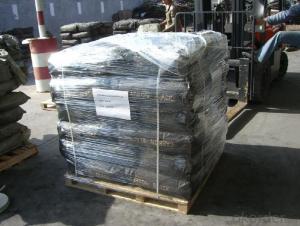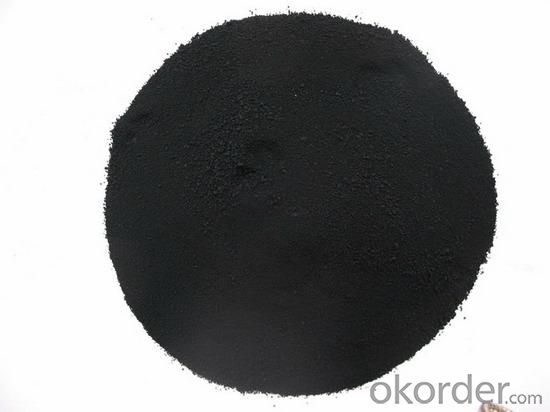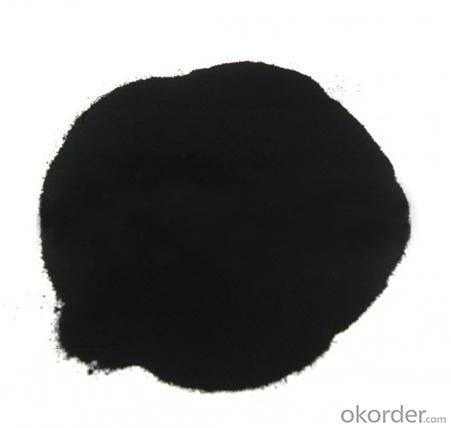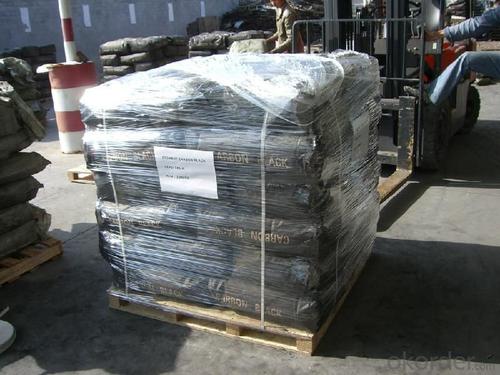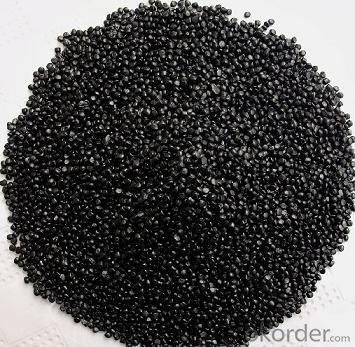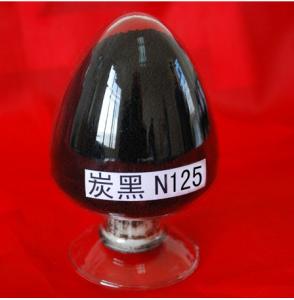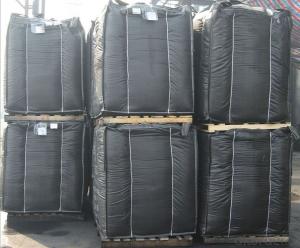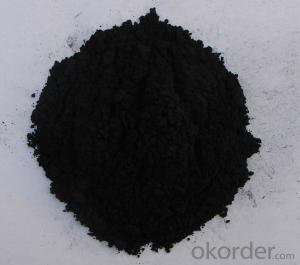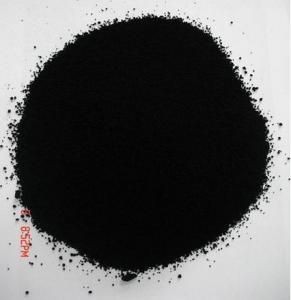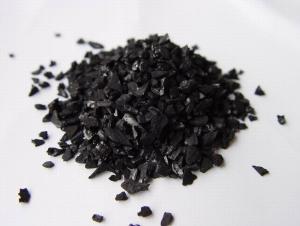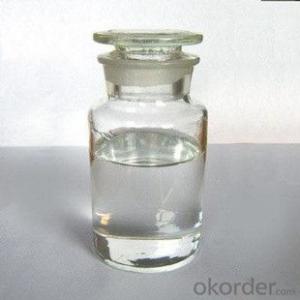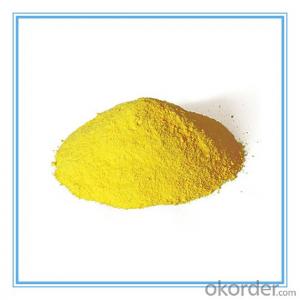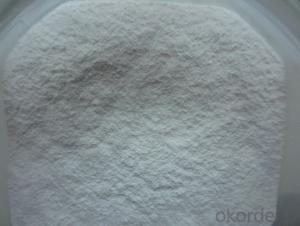Black Carbon/Carbon Black for Rubber/for Cement
- Loading Port:
- Qingdao
- Payment Terms:
- TT OR LC
- Min Order Qty:
- -
- Supply Capability:
- 20000 m.t./month
OKorder Service Pledge
OKorder Financial Service
You Might Also Like
Specifications
Carbon black
1.Black powder or granular pigment
2.N220.N330.N550,N660
3.Plastic,rubber industry
4.Hight quality
Introduction:
Our company maufactures the black canton series or superior-wear resistance(N200), resistance(N300),quick-press(N500),and common(N600) of dry process and wet process maily applied to various rubber products and PVC plastic.
Specifications
Carbon Black
1.N220/N330/N550/N660
2.Factory directly,free sample, quick delivery
3.ISO, SGS, CIQ
4.TT,LC,DA,DP
Black Carbon/Carbon Black for Rubber/for Cement
1. Why choose us?
1) Mixed container service
2) Packing: Your label design according to your requirements ready in one day
3) Experience: 14 years OEM experience
4) Goods are sold with return or refund guarantee due to quality issue
5) Prompt shipment by reputed shipping line and professional documents
6) Cargoes photo before and after loading into container after shipment with email
7) Quality control: SGS and CIQ , ISO
8) Your inquiry will be replied to within 30 minutes
2. Characters:
Chemical Name: Carbon Black
Type: n220 ,n330,n550,n660.
Cas no:1333-86-4
Form: black granule or powder
Process: wet or dry process
Packing:25kg knitting bags top grade linerfilm,good properties of waterproof and avoid water,solarization.
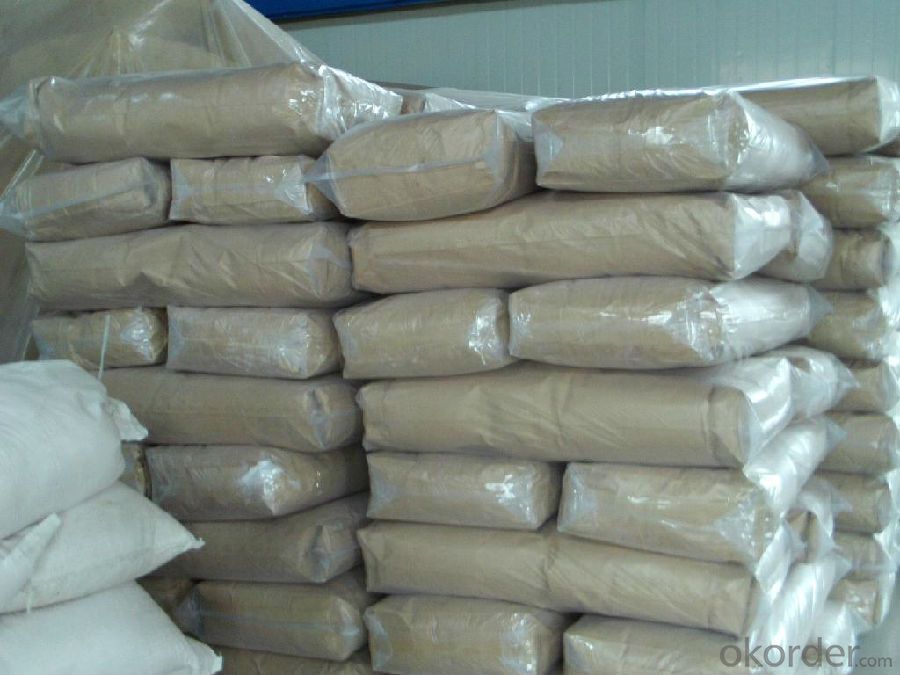
- Q: Have you Read it ? If SoCan You Think Of Any Good Group Discussion Questions ?
- no but aOMG i laurie halse anderson! OMG I LOVED HER BOOK FEVER 1793 wooooooooooo that book was aweomse. you should read it
- Q: What is a Catalyst?
- Catalysts are something that will speed up a reaction. Catalysts are usually acids but platinum catalysts are used in the industrial production of nitric acid (4 NH3 + 5 O2 ---4 NO + 6 H2O). Vanadium pentoxide is used as the catalyst in the industrial manufacture of sulfuric acid (S + O2 ---SO2. 2 SO2 + O2 ---2 SO3) The catalyst is used to make the reaction between sulfur dioxide and oxygen A LOT faster. Catalysts are also used in explosives. The most common is sulfuric acid (eg. nitroglycerin, TNT, nitrocellulose). Weaker acids like citric acid is used in the synthesis of HMTD, an organic peroxide. Hydrochloric acid is also a commonly used catalyst. Manganese dioxide can be used as a catalyst to generate oxygen when added to potassium chlorate or hydrogen peroxide. (2 H2O2 + MnO2 ---2 H2O + O2 + MnO2 (it is not necessary to include the catalyst in an equation, however). (2 KClO3 + MnO2 ---3 O2 + 2 KCl + MnO2).
- Q: Junior high school chemistry - chemical reaction before and after the quality and chemical properties of the material must be the catalyst?
- It is not always possible that the equivalent reaction, i.e. one or more of the reactants, is the same as the relative atomic mass of one or more of the products and the coefficients in the chemical equation are the same
- Q: Where are they good catalysts and why?? THanks!
- A catalyst is a substance that speeds up a chemical reaction by providing an alternate reaction pathway with a lower activation energy. Catalysts appear not to take part in the reaction. Frequently, catalysts are not very reactive. Acids and bases, on the other hand, are very reactive. Acids (as H+) and bases ( as OH-) sometimes function as catalysts in some organic reactions. They appear to be catalysts because in the course of the mechanism H+ or OH- is regenerated.
- Q: Can chemical reaction limits be changed by catalyst or other methods?
- According to the principle of chemical equilibrium, the role of the catalyst is to speed up the reaction rate at the same time, but to accelerate (decrease) the multiple is the same, so the catalyst can not change the equilibrium state. Will only change the time to reach the equilibrium state.
- Q: Word editor when playing chemical equation = with the above conditions or how to adjust the size of the catalyst, how to make it centered,
- Open the word - insert - object - WPS3.0 formula - and then select the "label arrow template", you can add a catalyst.
- Q: Chemical reaction plus catalyst on the △ H no effect
- The catalyst only affects the reaction rate of the substance and increases its activation energy, and the enthalpy change is only related to the initial state of the substance, independent of the reaction process.
- Q: Does all chemical reactions have a catalyst?
- Not some reaction without catalyst
- Q: Can you describe at least 4 ways a catalyst can lower the activation energy of a reaction?
- To see how a catalyst accelerates the reaction, we need to look at the potential energy diagram shown below which compares the non-catalytic and the catalytic reaction. For the non-catalytic reaction, the figure is simply the familiar way to visualize the Arrhenius equation: the reaction proceeds when A and B collide with succificient energy to overcome the activation barrier. The change in Gibbs free energy between reactants, A + B, and the product P is delta G. The catalytic reaction starts by bonding of the reactants A and B to the catalyst, in a spontaneous reaction. Hence, the formation of this complex is exothermic and the free energy is lowered. There then follows the reaction between A and B while they are bound to the catalyst. This step is associated with an activation energy; however, it is significantly lower than that for the uncatalyzed reaction. Finally, the product P seperates from the catalyst in an endothermic step. The energy diagram illustrates 4 ways the catalyst works : The catalyst offers an alternative path for the reaction that is energetically more favorable The activation energy of the catalytic reaction is significantly smaller than that of the uncatalyzed reaction; hence the rate of the catalytic reaction is much larger The overall change in free energy for the catalytic reaction equals that of the uncatalyzed reaction. Hence, the catalyst does not affect the equilibrium constant for the overall reaction. A catalyst cannot change the thermodynamics of a reaction but it can change the kinetics. The catalyst accelerates both the forward and the reverse reaction to the same extent. In other words, if a catalyst accelerates the formation of product P from A and B, it will do the same for the decomposition of P into A and B.
Send your message to us
Black Carbon/Carbon Black for Rubber/for Cement
- Loading Port:
- Qingdao
- Payment Terms:
- TT OR LC
- Min Order Qty:
- -
- Supply Capability:
- 20000 m.t./month
OKorder Service Pledge
OKorder Financial Service
Similar products
Hot products
Hot Searches
Related keywords
